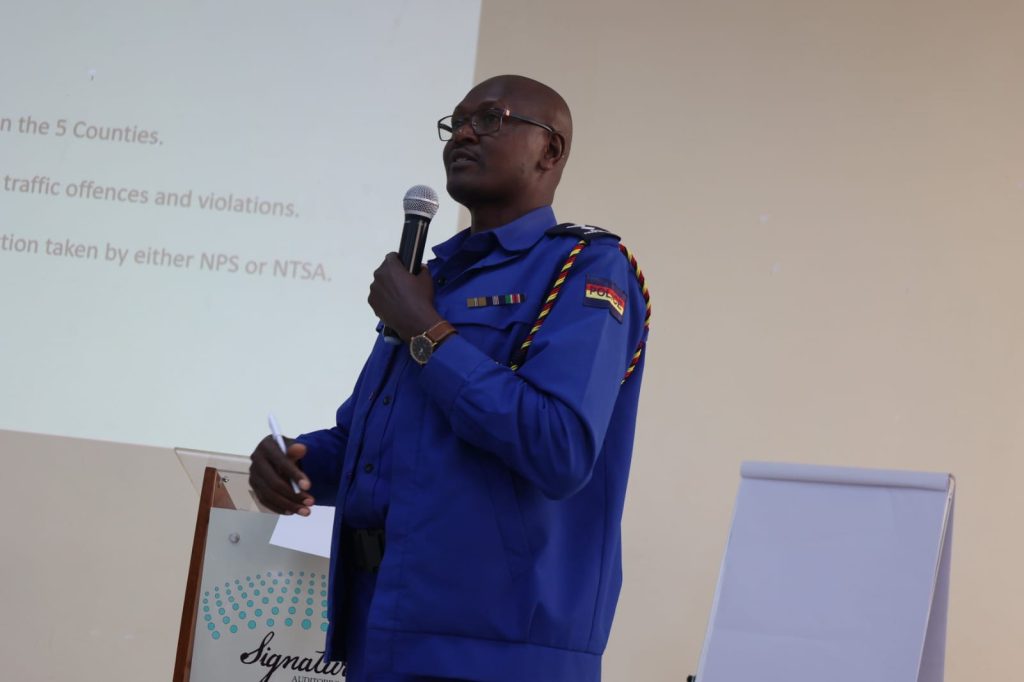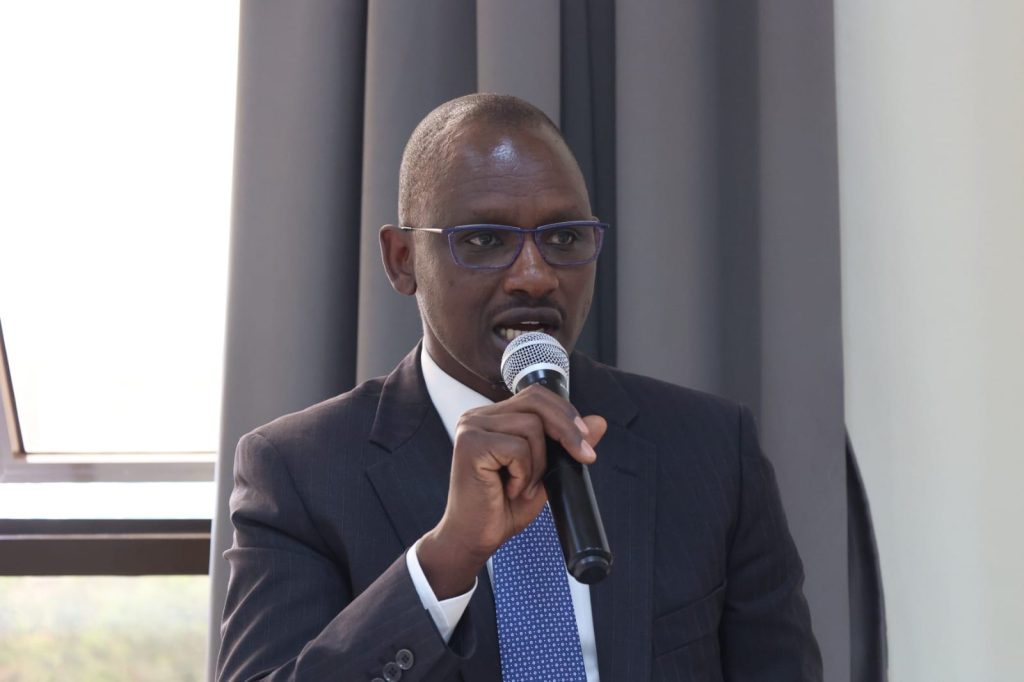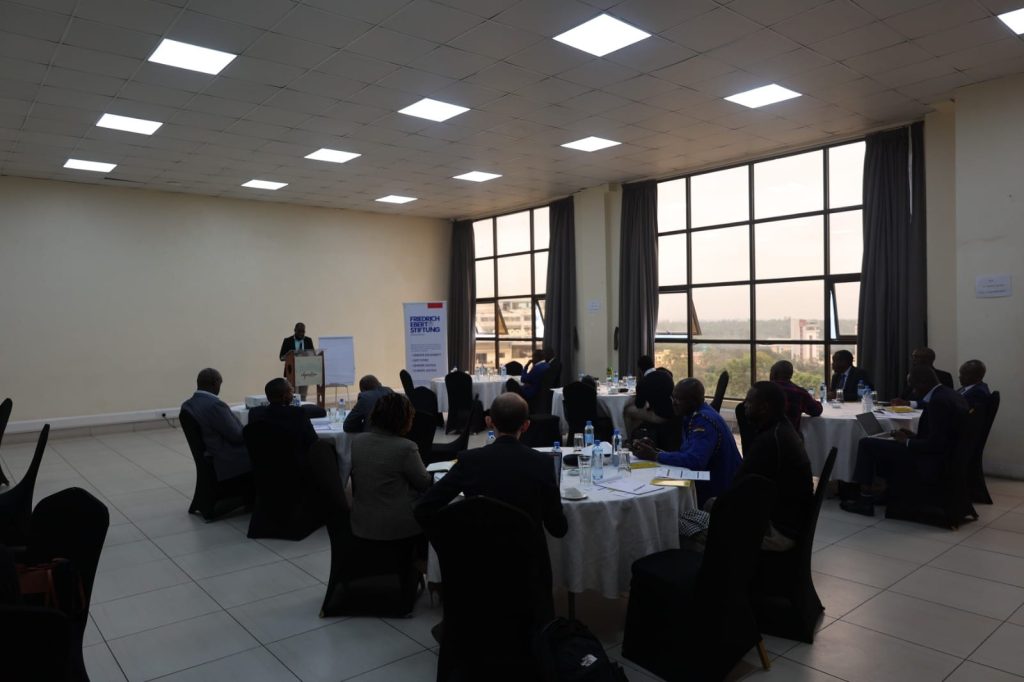Road transport safety is significantly less developed than that of rail, water and air. The average individual risk of fatality in relation to the distance covered is thirty times higher in road transport that in the other modes. This is according to an article “Tools for Road Infrastructure Safety Management- the Polish Experience” (2014- available at sciencedirect.com)
Road accidents remain a leading killer of our people for decades, with deaths from road accident-related injuries affecting about 1.5% of Kenyans each year. Only diseases (diarrhea, HIV/AIDs, lower respiratory tract illnesses among others) rank higher than road accidents in terms of fatalities.
The most disconcerting thing about road traffic accidents is that they are easily avoidable. We just need to put the appropriate measures in place to mitigate occurrences.
The newsworthy persons (politicians, celebrities etc.) now prefer to fly to their destinations. This is due to enhanced and expanded aviation facilities, budget airlines and affordability of cheaper helicopter services. Air travel is currently the safest means of travel in Kenya.
With technology, the high-end motor vehicles used by the same people tend to come with enhanced safety features including airbags, antiroll bars, improved suspension and automated safety features such as lane departure warnings and effective emergency breaking systems.
With regard to high volume vehicles, there is a sharp reduction due to preference for less cumbersome and faster omnibuses as opposed to the traditional high-capacity buses. These omnibuses, mainly known as ‘shuttles’, carry a maximum of 16 passengers while a bus will carry a minimum of 40 passengers.
This leaves the roads to these shuttles, commercial non-passenger vehicles, matatus, small private passenger vehicles, motor bicycles, bicycle and pedestrians.
As a result, the media coverage of major accidents has remained low-key making the general populace feel less urgent need for a push to curb the situation.










